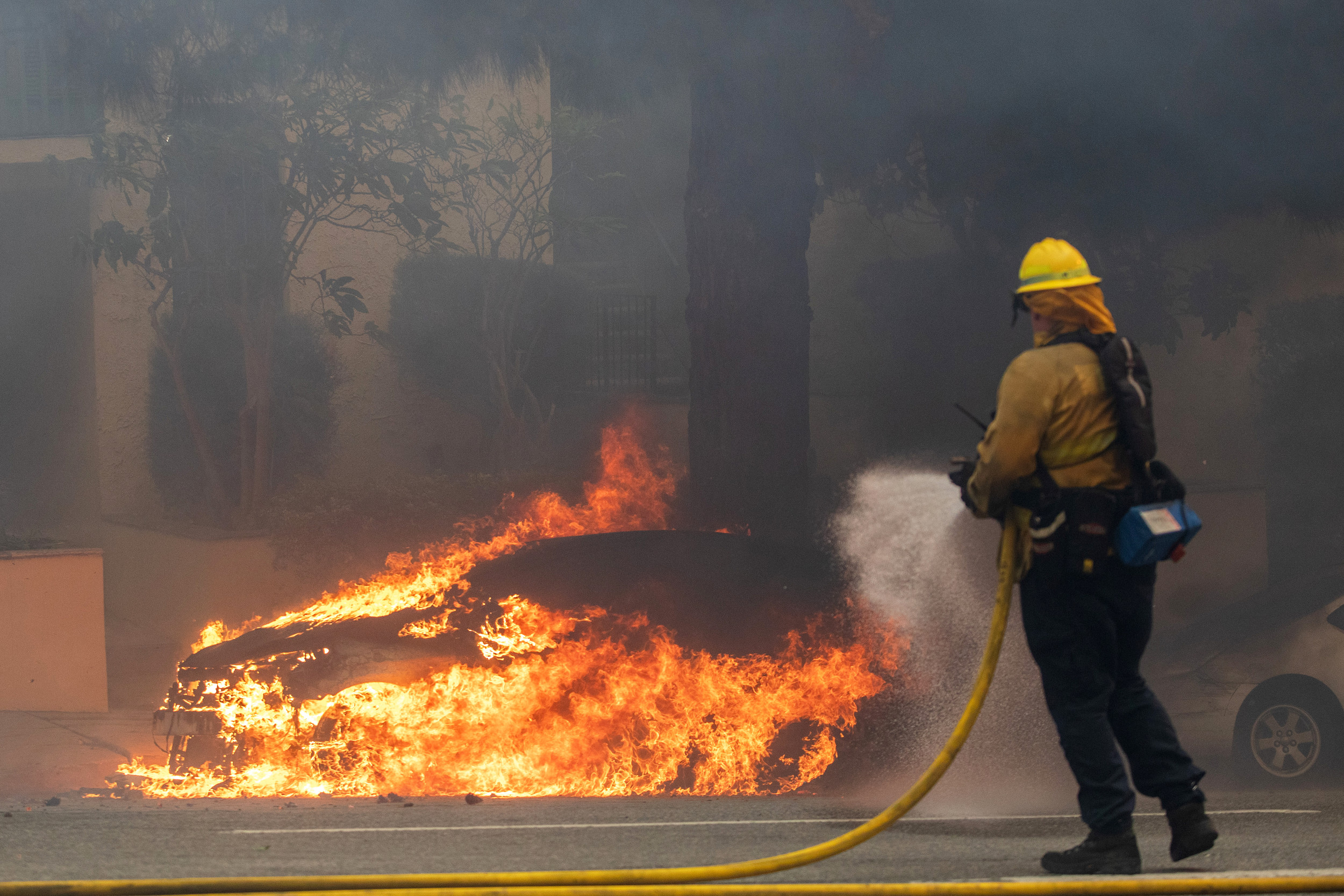Whooping cough, a serious and sometimes fatal disease, is on the rise across the U.S., often affecting young children and babies and sometimes resembling a cold in its early symptoms.
The Centers for Disease Control and Prevention has reported 18,506 cases of whooping cough between January 1 and October 12—five times more than the same time frame in 2023, according to preliminary data.
Cases are not evenly spread throughout the U.S. The Minnesota Department of Health announced on October 10 that the state had seen 1,019 cases so far in 2024, including 376 cases in Hennepin County and more than 40 cases in each of its surrounding counties.
On Wednesday, the North Dakota Health and Human Services reported 73 cases of whooping cough in the state, 50 of which were in Cass County. In 2023, the state reported 17 cases in total.
Newsweek previously spoke to a CDC spokesperson about the risks of whooping cough.
Is Whooping Cough a Virus or Bacteria?
Whooping cough, more formally known as pertussis, is a respiratory disease caused by the bacteria Bordetella pertussis.
It is highly contagious, spread through droplets from the lungs, and particularly harmful to babies under the age of 1 year old, whose immune systems have not yet fully developed.
Pertussis is a recommended vaccination in the U.S., forming part of a vaccine for diphtheria, tetanus and acellular pertussis.
The vaccine is given to children from the age of 2 months old, adults every 10 years and pregnant women. It is known as the DTaP vaccine for babies and the Tdap vaccine for adolescents and adults.
Vaccinated people can still get pertussis because immunity decreases with time, but they are likely to experience milder symptoms.
Early Signs of Whooping Cough
The first stage of pertussis can present similarly to a cold, with symptoms that may include a runny or stuffy nose, a mild fever, and an occasional cough that gradually gets worse.
Babies in the first stage of whooping cough may exhibit pauses in breathing or occasional moments of struggling to breathe, rather than coughing.
This stage may last for one or two weeks.

What are the Other Two Stages of Whooping Cough?
In the second stage of pertussis, the disease becomes more advanced. People with whooping cough may experience uncontrollable coughing spells that may last for a few minutes and may be worse at night.
During these coughing spells, an individual with pertussis may have difficulty breathing or may make a "whooping" sound as they gasp for breath.
They may also cough up thick mucus, gag, vomit, or become blue, gray, or red in the face.
Babies less than a year old have an increased chance of being dehydrated, struggling to breathe, developing pneumonia or having seizures.
Older children and adults may develop sore or broken ribs or hernias, and they are at increased risk of middle ear infections and urinary incontinence, meaning pee may leak out when coughing.
This stage of pertussis, when the disease is most advanced, may last for six weeks or longer.
In the third and final stage of pertussis, symptoms gradually improve. This can take weeks or months.
Treating Whooping Cough
Pertussis is caused by a bacteria, so whooping cough is treated with antibiotics. People with a high risk of contracting the disease, such as babies and pregnant women, may be advised to take antibiotics as a preventive measure if they come into contact with a pertussis case.
Antibiotics can help minimize the contagiousness of whooping cough and can reduce the severity of symptoms if the disease is caught early.
However, the North Dakota Health and Human Services advises that those treated with antibiotics are contagious until five days of treatment are completed.
Some degree of quarantine is also advised for people with pertussis, to avoid spreading the disease to others—until five days of antibiotic treatment have been completed or 21 days after symptoms appear, if not taking antibiotics.
The National Health Service in the U.K. recommends that people with whooping cough get plenty of rest, drink lots of fluids, complete their prescribed course of antibiotics, and take paracetamol or ibuprofen to ease symptoms—if that medication is suitable.
How Is Whooping Cough Diagnosed?
Whooping cough is diagnosed by swabbing the throat and nostril of the person suspected to have the disease. This swab is then tested for the Bordetella pertussis bacteria.
Health care professionals may also consider the person's symptoms and whether they were recently exposed to any whooping cough cases.
Is there a health problem that's worrying you? Let us know via health@newsweek.com. We can ask experts for advice, and your story could be featured in Newsweek.




















 English (US) ·
English (US) ·